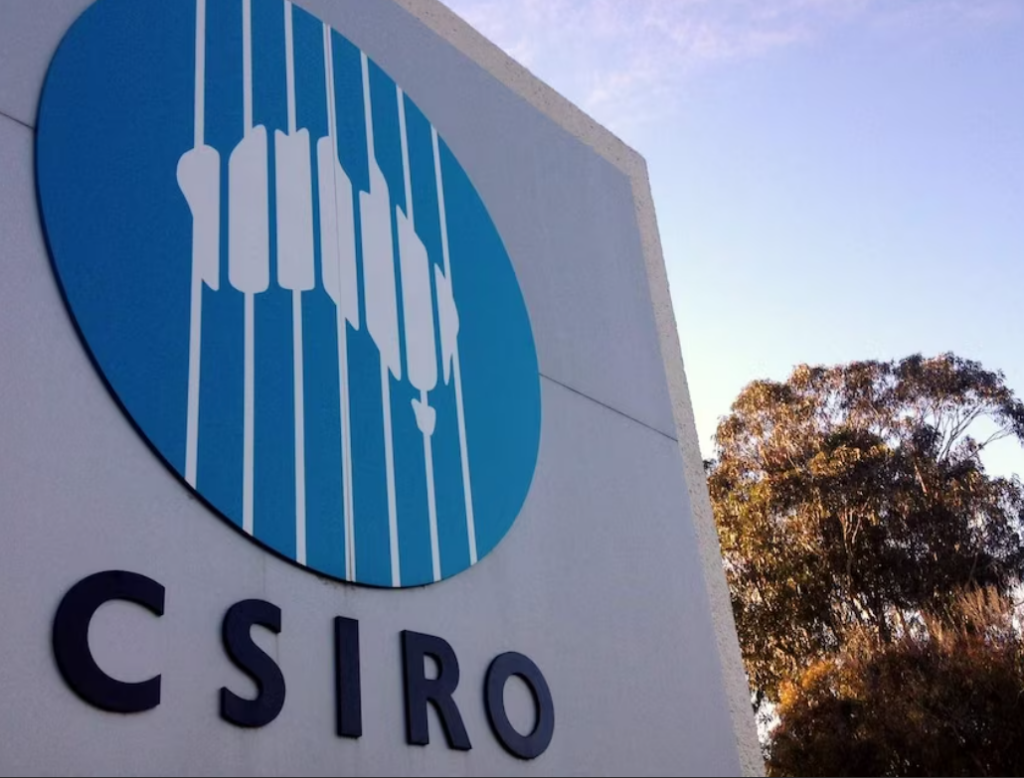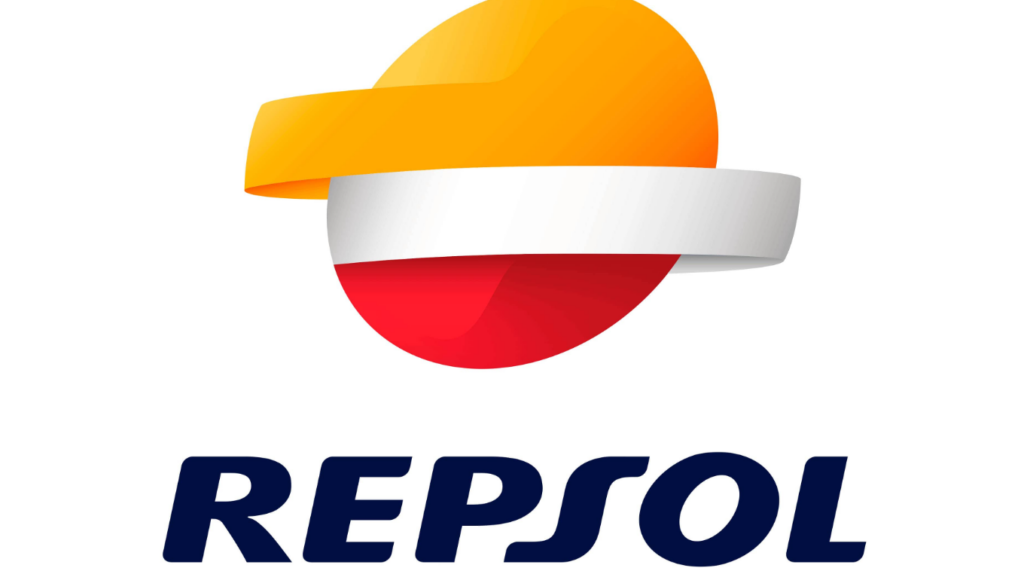Insider Brief
- Brookhaven National Laboratory researchers are conducting quantum computing simulations on the Perlmutter supercomputer.
- The experiments are powered by PennyLane, an open-source quantum programming framework developed by Xanadu, in collaboration with the NVIDIA cuQuantum software development kit.
- The computer programs will leverage up to 256 NVIDIA A100 Tensor Core GPUs on Perlmutter to simulate about 36 qubits.
- Image: Shinjae Yoo prepares to scale up his quantum work on the Perlmutter supercomputer. Credit: NVIDIA blog
U.S. Department of Energy’s Brookhaven National Laboratory researchers are conducting quantum computing simulations on the Perlmutter supercomputer at the National Energy Research Scientific Computing Center (NERSC). This achievement is made possible by the latest version of PennyLane, an open-source quantum programming framework developed by Xanadu, in collaboration with the NVIDIA cuQuantum software development kit, according to a NVIDIA blog post.
The software combination allows high-performance clusters of NVIDIA GPUs to run complex simulations, marking a significant leap in quantum computing research, the post states.
Shinjae Yoo, the computational scientist and machine learning group lead at Brookhaven National Laboratory, intends to use Perlmutter’s computational prowess to process huge datasets. Yoo’s programs will leverage up to 256 NVIDIA A100 Tensor Core GPUs on Perlmutter to simulate about 36 qubits, effectively doubling the capacity of most current quantum simulations. This accomplishment is facilitated by the multi-node version of PennyLane, in conjunction with the NVIDIA cuQuantum SDK, which simplifies the execution of massive quantum system simulations.
“This opens the door to allowing even my interns to run some of the largest simulations—that’s why I’m so excited,” Shinjae Yoo said in the post. His research spans into high-energy physics and machine learning. Furthermore, quantum simulations play a pivotal role in advancements in fields like chemistry and materials science, pushing the limits of classical computing capabilities.

Beyond academia, corporations are also delving into quantum computing’s potential. Xanadu, for instance, collaborates with companies such as Rolls-Royce and Volkswagen Group to develop quantum algorithms for designing sustainable aviation engines and more powerful electric vehicle batteries, respectively.
According to the NVIDIA blog, NERSC’s quantum computing program leader, Katherine Klymko, confirmed that at least four other projects are in progress this year using the multi-node PennyLane framework, including efforts from NASA Ames and the University of Alabama. These projects aim to address complex problems in fields like chemistry, which classical computers struggle to handle, preparing for the eventual utilization of large-scale quantum computers.
PennyLane, a quantum programming framework, adapts deep learning techniques and tools like PyTorch to program quantum computers. According to the blog, its versatility has gained traction within the quantum community since its introduction in 2018, making cutting-edge research accessible and engaging for researchers.
Quantum enthusiasts frequently express their desire for more qubits, and the blog states that PennyLane’s development team is responding to this demand. Lee J. O’Riordan, a senior quantum software developer at Xanadu, reported significant speedups in performance when integrating with NVIDIA cuQuantum.
“When we started work in 2022 with cuQuantum on a single GPU, we got 10x speedups pretty much across the board … we hope to scale by the end of the year to 1,000 nodes — that’s 4,000 GPUs — and that could mean simulating more than 40 qubits,” O’Riordan said.
This could provide scientists with unprecedented computational resources for quantum research.
The collaboration between PennyLane and cuQuantum, demonstrates the power of GPUs in scaling quantum computing simulations. By splitting a quantum program across more than 100 GPUs, researchers were able to simulate over 60 qubits, paving the way for even more ambitious workloads.
The blog post adds that with continuous advancements, scientists and companies alike are poised to explore new frontiers in quantum computing, leading to innovative solutions and software improvements in PennyLane, thus creating a virtuous cycle of progress in the field.
If you found this article to be informative, you can explore more current quantum news here, exclusives, interviews, and podcasts.




















